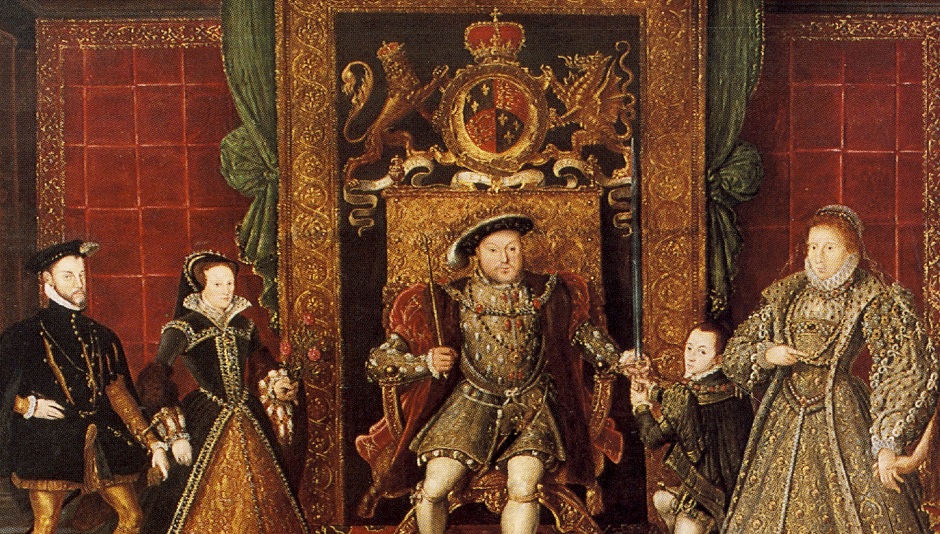A Reading List for Gladstone’s Library
Bloody Mary, The Life of Mary Tudor— Carolly Erickson (1996)
This biography contains information not only on the early life and the short but ruthless reign of Mary I, but the political manoeuvring which took place after the death of Edward V on 16th July 1553, when, on his deathbed, he named Lady Jane Grey as his successor, despite his father’s Third Act of Succession. This left both of Henry VIII’s daughters, Mary and Elizabeth, without a legal claim.
The book details how Mary then raised an army to take the throne for herself and the turning of the Council of Lords on Jane and John Dudley.
*Available in Gladstone’s Library at shelfmark M 27 M1 / 12
England under the Reigns of Edward VI and Mary, with the Contemporary History of Europe Illustrated in a Series of Original Letters Never Before Published — P.F. Tytler (1839)
Including a proclamation by the King, 1st October 1549:
A call for men to defend the king against “whom certain hath attempted a most dangerous conspiracy”.
Lord Somerset declares through the king for “all loving subjects to repair with all haste… (to) Hampton court“ in response to the conspiracy against the Lord Protector(Somerset), that sought to forcibly remove him. The proclamation is sent out 12 days before Somerset is confined to the tower. It is worth noting that it was the Council, not Lord Somerset, that began hostilities between the factions.
*Available in Gladstone’s Library at shelfmark WEG/M 27/TYT
Studies in Tudor and Stuart Politics and Government: Papers and Reviews, 1946-1972; volume 1 + 2: Parliament / Political Thought — G.R. Elton
This series of books delves into the complicated fashion in which Tudor government operated, including the various factions at court, individuals such as Cromwell and Lord Somerset as well as the power and politics of Parliament at this time.
*Available in Gladstone’s Library at shelfmark M 41 / 236
Edward VI: The Threshold of Power — W.K. Jordan (1970)
Covering the reign of Edward VI, this book shows the dominance of the Duke of Northumberland through Edward’s reign as well as the politics that allowed him such power over royal policy.
*Available in Gladstone’s Library at shelfmark M 27 E6 / 2 b
Parliament under the Tudors — Jennifer Loach (1991)
Starting with the reign of Henry VII, Loach tells us how the usage and powers of parliament changed during Tudor rule, including how Henry VIII used it to secure the break with Rome, and Thomas Cromwell’s use of it to legitimise actions of the crown.
*Available in Gladstone’s Library at shelfmark M 41 / 237
Power and Politics in Tudor England: Essays by G. W. Bernard (2000)
Similar to Elton’s papers, Bernard talks of the factions of the Tudor court, although mainly during the reigns of Henry VIII and Elizabeth I. The book accurately describes and analyses how politics within the Tudor dynasty changed over time.
*Available in Gladstone’s Library at shelfmark M 27/84
Invisible Power: The Elizabethan Secret Services 1570-1603 — Alan Haynes (1992)
Another major factor in Tudor politics was the secret services of the monarchs, mainly used by Henry VII and Elizabeth I. This book details how Elizabeth I and Francis Walsingham used the secret services as a way not only of finding information and being given forewarning of events, but also to control the populace similarly to how later governments have used secret police to control the people.
*Available in Gladstone’s Library at shelfmark M 27 EL / 47
By Work Experience student Ed Moore
